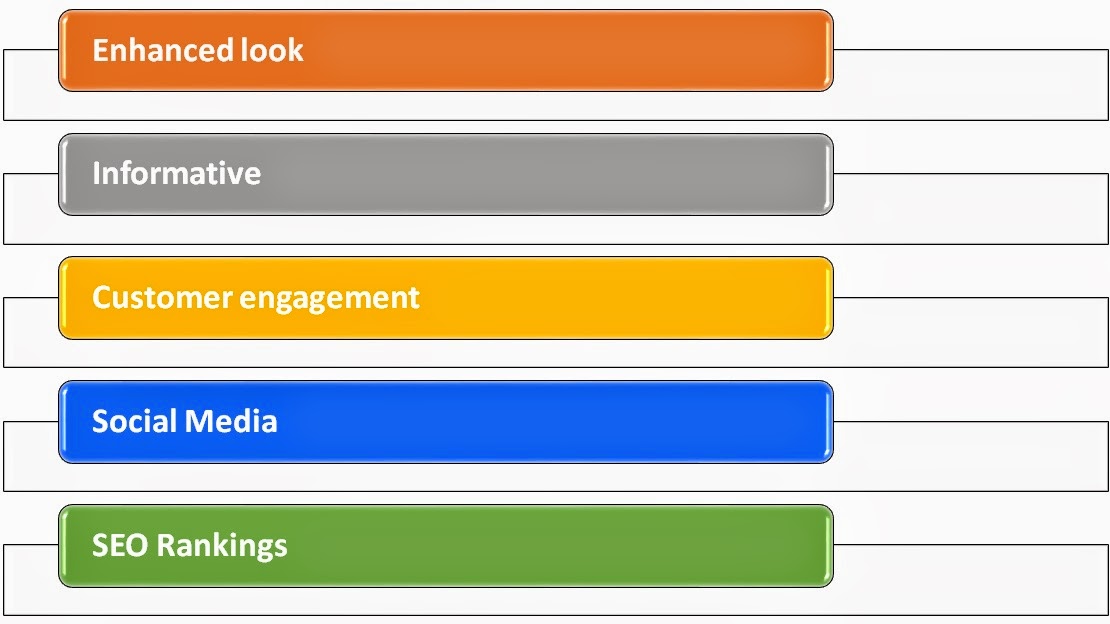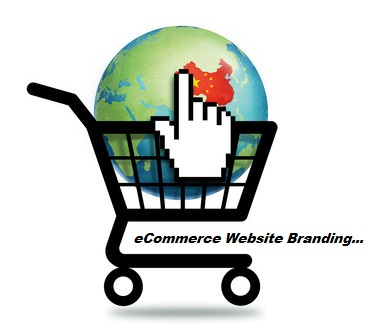Online shopping and online selling has become more efficient and fun these days. With new technologies been introduced round the year, eCommerce stores are making haste by harnessing new techniques that sets them on the path of spectacular growth.
Last year, it was all about guest blogging, website optimization, higher CTR & conversion rates, and responsive design. This year, it's all about mobile, social networking, big data, analytics and personalization. All these changes has led to new trends in the world of eCommerce.
The long and short of it is that there are significant changes happening in the eCommerce space and some of the important ones have been listed below:
1. Mobile Optimized Websites:
Last year, the chant was all about building responsive web design that were mobile-friendly. This year, however, the eCommerce owners are completely focusing on building sites that blossom beautifully on smartphones and tablets.
2. Mobile Advertising:
Mobile Advertising is catching fire. It's the latest fad to enter the eCommerce arena, and the big, branded eCommece stores are going to the first big spenders on mobile ads. Though, small store owners may be not be prepared for the big leap, larger store owners will try to reach as many mobile users as possible. Even video mobile ads will be in great demand.
3. Advertising On Wearable Devices:
Google glasses, smart watches and other wearable devices are set to enter the market in 2014. If demand of these devices pick up, eCommerce stores are sure to bombard it with promotions, offers, and updates to their customers through these wearable devices.
4. Re-emergence Of Long Content:
Bid adieu to short content. Long-form content is the order of the day. We will see the rise of long-form content for all the products and services offered by the stores. Plus, all the articles and blog posts will have to be long enough going forward. Moreover, the easy availability of analytics and data will lead to the creation of more data-based content.
5. Increase In Social and Search Ads:
With more and more content marketers turning toward social media and search ads for revenue, PPC and CPC ads experiments in small and large eCommerce companies will increase manifold.
6. Brand and Author Identity Assumes More Importance:
The death of large-scale guest blogging has inspired the rise of digital brand both for authors and businesses. Going forward, a brand blog plus a team of well-known bloggers will be for eCommerce businesses.
7. Personalized Product Displays:
With users becoming more comfortable sharing personal information with brands and trusted online stores, it would lead to rise in personalized product displays and suggestions for registered users.
8. Instant Delivery:
Amazon is stepping up its delivery services manifold with drone delivery. Online stores are not meant for instant gratification. For this offline stores are better as you get your goods instantly. However, in case of online stores you have to wait for 2 days to 2 weeks. But this won't be the case in 2014. Next-day delivery options and same-day delivery options are on the top of the agenda for many eCommerce stores.
9. Local SEO:
While larger eCommerce stores try out new ways to attract customers, smaller eCommerce store owners will focus on traditional SEO to target customers in a limited geographic area.
10. Marketing Automation:
Online shoppers are known for their notorious trait of browsing the store for endless hours and leaving it without buying anything. Targeted marketing can solve this issue to a greater extent. For instance, lead nurturing, emails and analytics should be automated to help small online store owners gain better insights and convert visitors into buyers.
These are some of the most important eCommerce trends that can be used in upcoming holiday season and increase sales.
 Sunday, November 02, 2014
Sunday, November 02, 2014



































